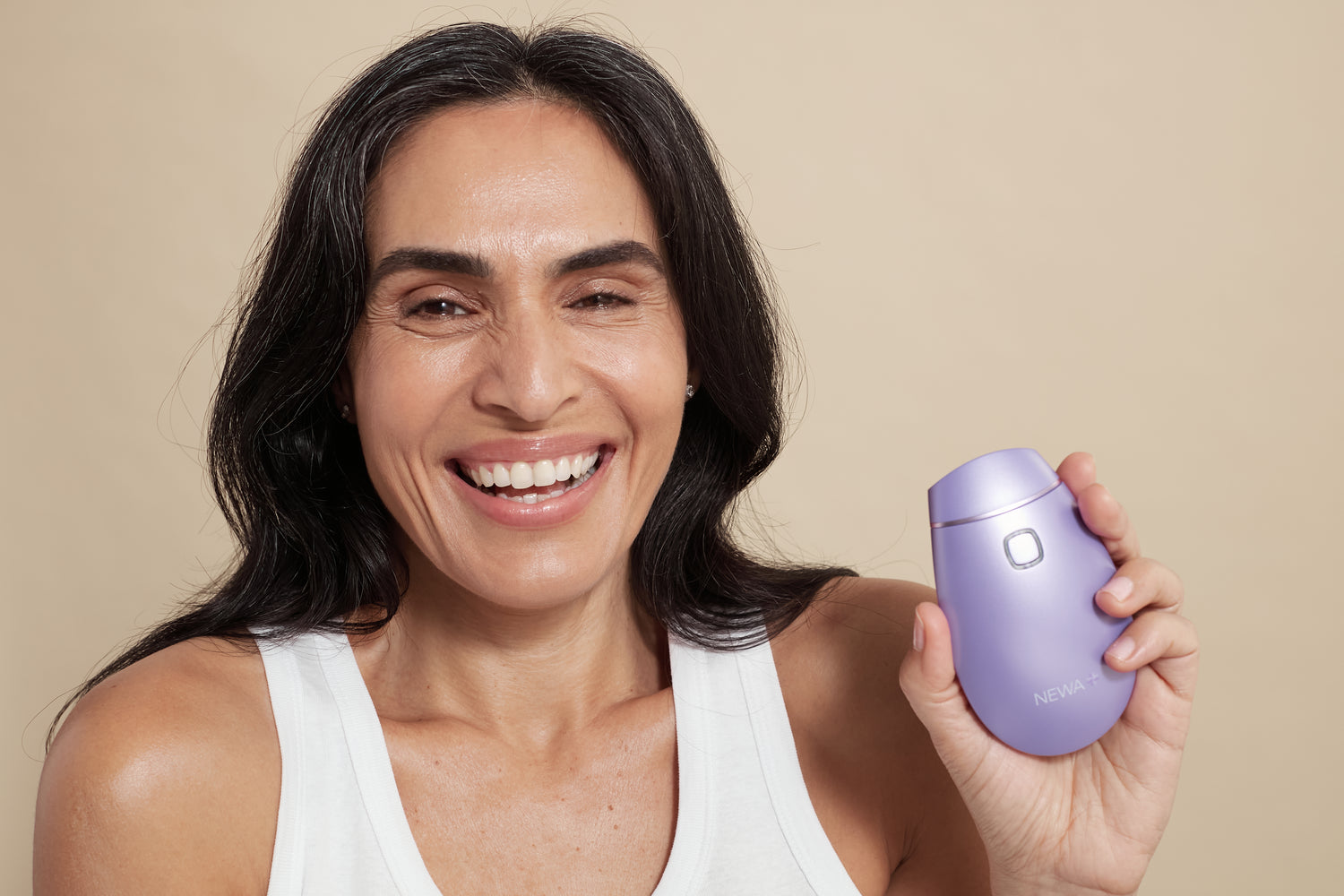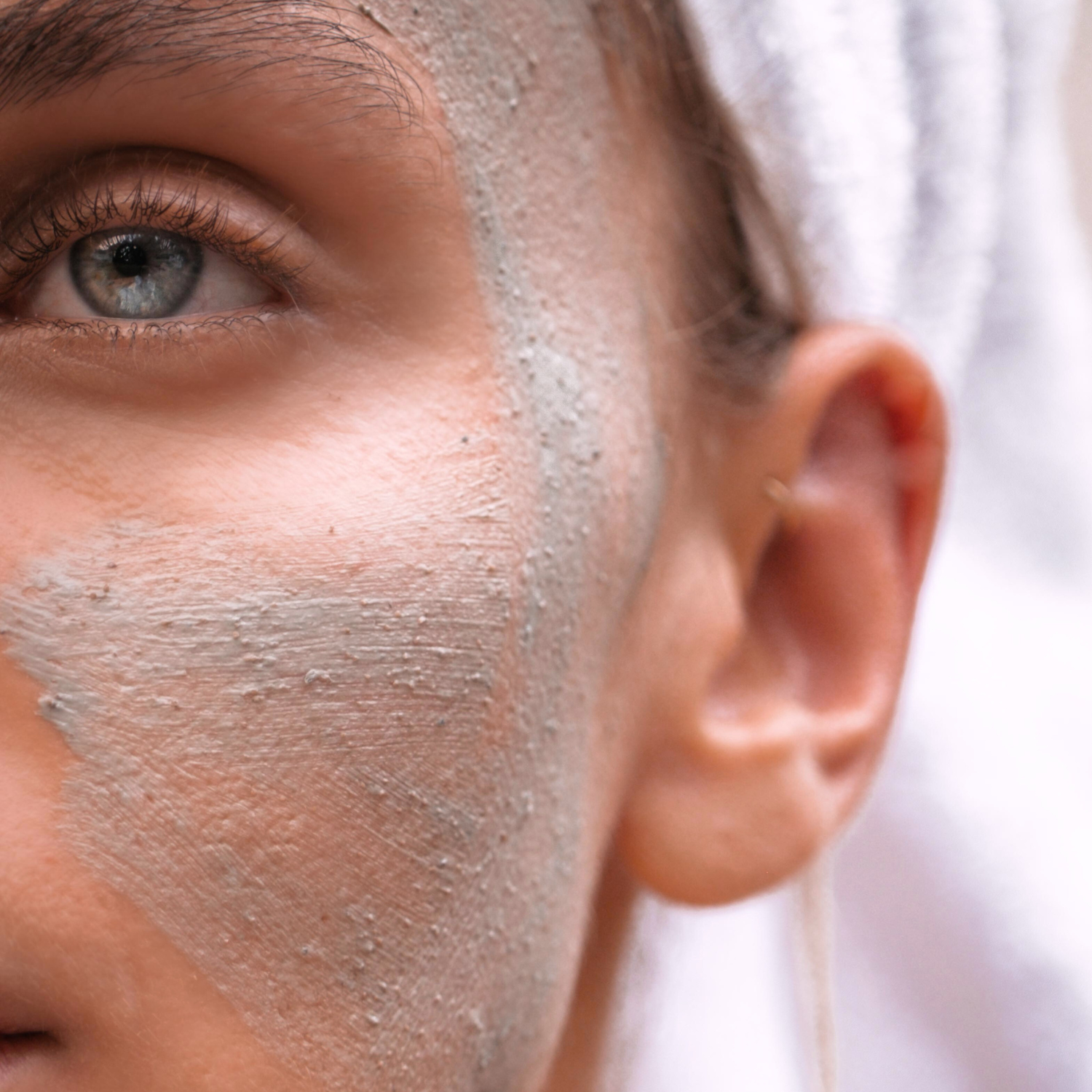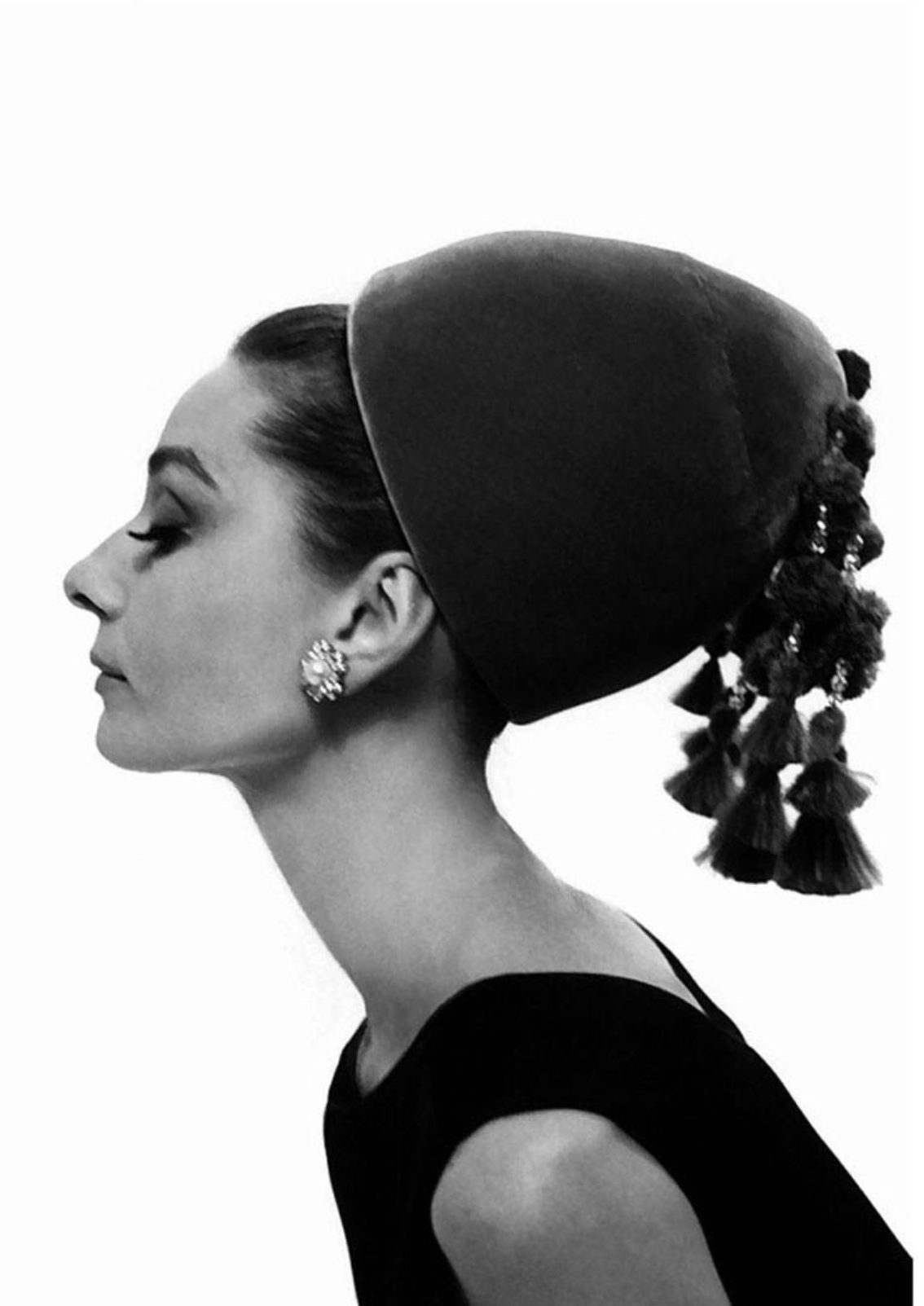Aging is a complex biological process and comes from inside and outside our bodies. It’s an inevitable and natural process but there are many approaches to dealing with the effects of aging, especially when it comes to our skin. Facial treatments for aging skin can help you look and feel younger in many different ways. Let’s look at some tips for facial aging and answer the million dollar question: what are the best facial treatments recommended for aging skin?
What causes facial aging?
1- Extrinsic Aging
First, extrinsic aging refers to the environmental factors that cause premature rapid aging like sun, smoking, and pollution. Because the skin is so superficial, skin aging is largely extrinsic and there are steps you can take to prevent this type of aging.
2- Intrinsic Aging
On the other hand, intrinsic aging, also known as chronological aging, is inevitable. That’s what comes from within: a physiological process that can’t be prevented by avoiding environmental causes. For women for example, menopause is often one of the factors that influences intrinsic aging. In short, facial aging comes from outside and inside our bodies. With age, our bodies produce less collagen and elastin, two proteins responsible for skin firmness and elasticity. This can affect the jawline, create sagging on the neck and other areas of the face.
Effective anti aging facial solutions for treatment and prevention
While we can’t literally reverse facial aging – unless you opt for plastic surgery – there are many ways to prevent and reduce the appearance of signs of aging on your skin such as wrinkles or sagging, without needles.
1- Topical skincare
topical products does more for preventing extrinsic facial aging than treating it but they can also stop visible signs of aging from getting worse and do wonders for the skin.
We’ve said it before and we’ll say it again: the sun is the skin’s number one enemy. So sunscreen is your friend. There are many formulations on the market today, so you can find the one that suits your lifestyle best and make sure to wear it daily. Remember: there is sunshine outside even on rainy winter days, so make it a habit to apply it everyday.
Making sure your skin is always hydrated with a daily moisturizer is also a great way to prevent sagging. What is the best facial moisturizer for aging skin? It depends on your skin type, your lifestyle and preferences. With all the formulas available on the shelves today, you can experiment and find the one that feels best to you. You may want a more lightweight formula in the summer and a richer one in winter for example. So it’s really up to your personal preferences. The most important thing is that your skin receives the hydration it needs to continue its natural processes. The cost of topical skincare products really varies and you can find formulas that fit your budget easily.
2- Radio frequency therapy
Radiofrequency therapy is not only a great way to treat signs of aging such as wrinkles and sagging of the skin, but it also significantly helps with prevention. devices such as the NEWA skin RF wrinkle reduction device work by using energy waves, known as radio waves. These waves penetrate our skin into its deeper layer – the Dermis – where they help boost the production of collagen and elastin, proteins responsible for firming, tightening and plumping the skin. It is pain-free and requires no down time. You can use NEWA from the comfort of your couch knowing it is clinically proven to work. In fact, radio frequency’s effect on skin has been well documented over the past 20 years.
According to a clinical study submitted to the FDA with individuals who used NEWA over a period of three months (3 times a week for the first 4 weeks and twice a week for the remaining 8 weeks), the NEWA RF results are clear: 100% of participants showed improvement in overall wrinkle appearance. In addition, 84% showed improvement in skin firmness and 75.6% showed an increase in skin collagen content. In fact, NEWA’s RF wrinkle reduction device was also proven to generate 3.8% collagen production in the skin over 12 weeks. That’s almost four years of natural collagen loss.
The NEWA starter kit, which includes two months worth of activator gel, costs $289. That’s a fraction of the price of one in-clinic radiofrequency therapy session and you can use it anytime from the comfort of home. It is also important to note that collagen formation can come some 4 to 6 weeks after each NEWA treatment. So this means that after a month, you’re going to just start seeing the effects of the very first cycle you did. This long term effect is why NEWA is also great for preventing facial aging signs.
3- Microcurrent
Microcurrent is a technology that uses low level electrical current that mimics the body’s natural current. Originally, this technology was developed to treat Bell’s Palsy patients who had sudden paralysis or weakness in facial muscles, but in recent years it has also become a popular skin tightening treatment and devices are available for at-home use as well.
This technology claims to re-educate the facial muscles to shorten or to lengthen which can result in a tightening effect. You may see some short term results, though microcurrent treatments are traditionally completed in a series and require some upkeep (like any exercise you’d do to maintain healthy muscles). Unlike RF, microcurrent gives more short-term results because the treatment focuses on stimulating the muscles under the skin to tighten them. Maintaining the skin’s lift requires continuous treatments. Microcurrent devices on the shelves today retail for around $350 depending on the brand and model of the device
Microcurrent and RF treatments are not only compatible but also enhance each other’s results by targeting different areas of concern and layers of the skin, so using them together is a great idea! NEWA treatments can be performed before or in between microcurrent treatments to increase the results while allowing the muscle to rest.
Final Thoughts
Facial aging comes from inside and outside our bodies. As our internal processes slow down with age, we can use technologies such as radio frequency therapy to help our skin boost its production of collagen and elastin, which helps the skin look tighter. The great news is that RF treatments can be done at home using NEWA!
Sources used in this article:
yalemedicine.org
ncbi.nlm.nih.gov
pubmed.ncbi.nlm.nih.gov




